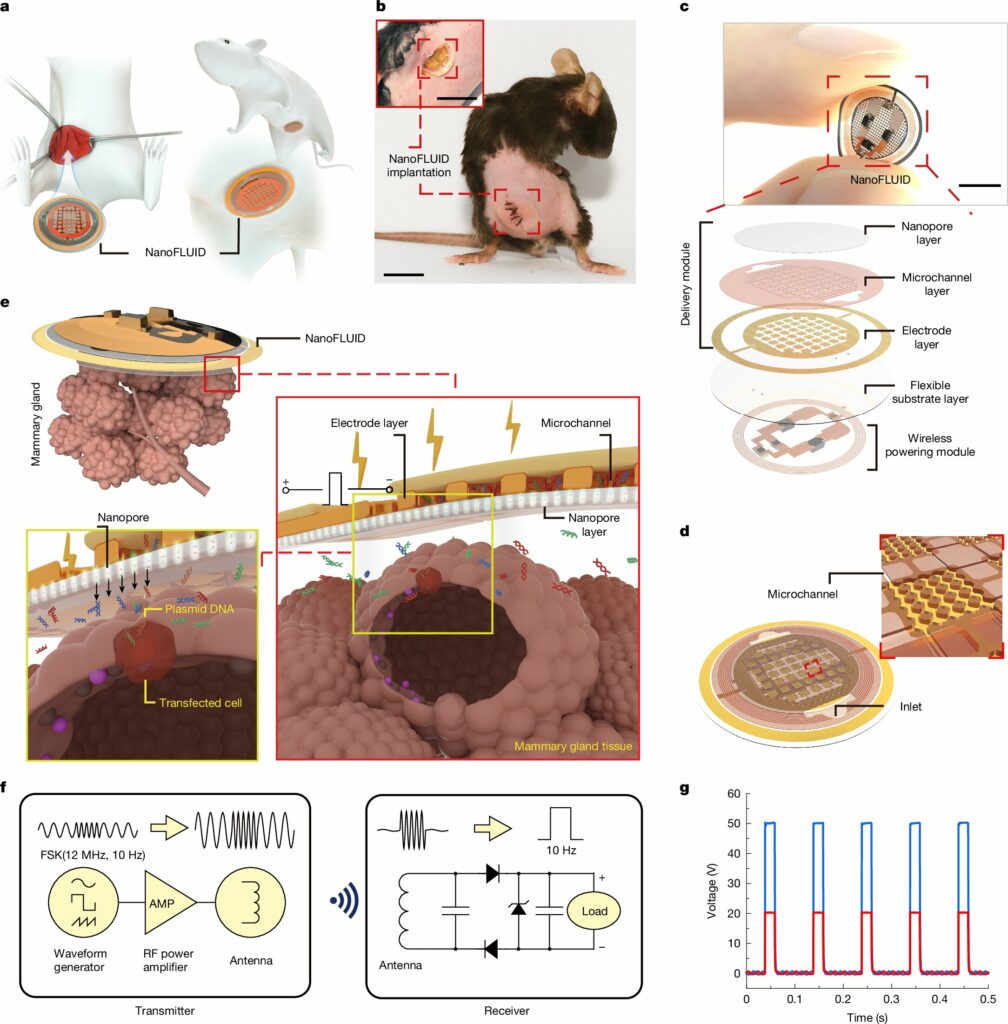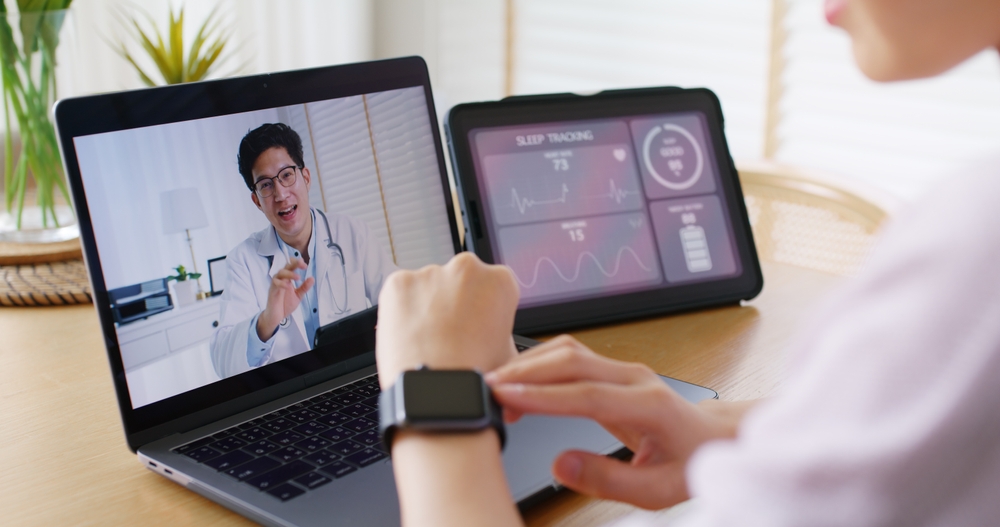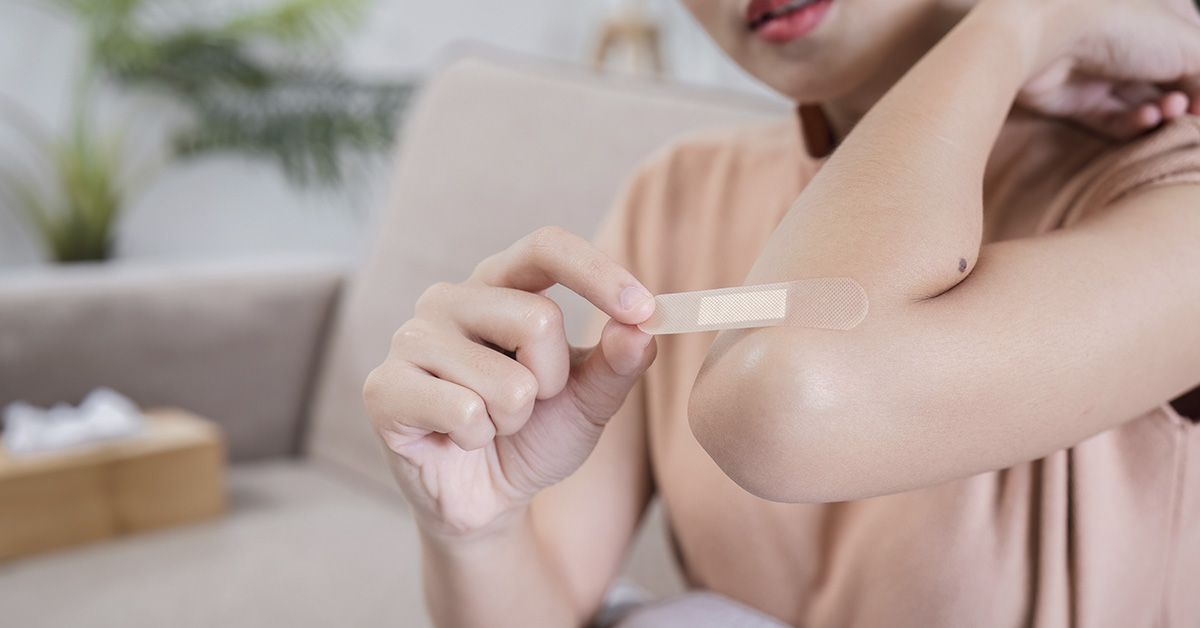In a remarkable medical breakthrough, Chinese scientists have introduced a smart ‘band-aid’ that could revolutionize internal treatments. Unlike anything seen before, this ultra-thin patch clings directly to wet, moving internal organs and delivers medicine on demand. It also tracks the healing process and wirelessly sends data to doctors for real-time treatment adjustments.
Researchers from the Southern University of Science and Technology in Shenzhen designed this flexible, biocompatible patch with embedded electronics. The smart ‘band-aid’ can stick to sensitive organ surfaces, administer localized drugs, and communicate vital information without requiring repeat surgeries or invasive procedures. As healthcare moves toward personalized, less disruptive care, this innovation stands out as a bold step forward.
This Patch Sticks with Precision and Flexibility
Treating internal organs has never been easy. The liver, lungs, and intestines are soft, slick, and constantly in motion. Traditional tools often fail in these environments, slipping off or causing damage.
The smart ‘band-aid’ overcomes these challenges. Its hydrogel base mimics the feel of human tissue and grips firmly to organs without causing harm. Ultra-thin, flexible circuits embedded in the patch move with the organ, rather than against it.
During lab tests, researchers applied the patch to rat livers. It stayed in place despite movement and moisture and continued functioning for several days without triggering irritation. This ability to move and flex with the body makes it especially effective for dynamic organs like the heart and lungs.
Read More: There’s Now an Artificial Cartilage Gel Strong Enough to Work in Knees
Delivers Drugs Where They’re Needed Most
This smart ‘band-aid’ doesn’t rely on broad, systemic drug delivery. Instead, it targets treatment directly at the source. That means less medication spreads through the bloodstream, and more of it goes exactly where it’s needed.
Doctors can also control the patch remotely. By sending a wireless signal, they can prompt the patch to release specific drug doses at the right time. If a patient’s condition changes, the doctor can increase, reduce, or pause delivery, no hospital visit required.
This precision reduces side effects, avoids overdoses, and ensures that patients receive timely care. It could become essential for treating post-surgical inflammation, organ injuries, or localized cancer.

Monitors Recovery in Real Time
The smart ‘band-aid’ doesn’t just deliver medicine, it listens to the body. Tiny sensors inside the patch measure temperature, pressure, and strain. This data provides a detailed look at how the organ is healing.
The patch then transmits this data wirelessly to external devices, where doctors can review it instantly. Instead of relying on assumptions or waiting for imaging scans, physicians can adjust care based on real-time updates.

This dual-functionality, treatment and monitoring, marks a major advancement in personalized medicine. It empowers healthcare providers to make faster decisions, reduce complications, and tailor care to each patient’s needs.
Protects the Body with Gentle, Biocompatible Design
Foreign objects inside the body can cause serious reactions. That’s why the developers prioritized safety and compatibility. They built the smart ‘band-aid’ using soft, flexible hydrogel and sealed electronics.
The hydrogel grips moist tissues without irritating them. Meanwhile, the circuits remain thin and shielded, so they don’t interfere with surrounding cells or provoke immune responses.
In animal trials, the patch showed no toxic effects or harmful inflammation. Even after several days of use, it stayed stable and safe. These results suggest strong potential for long-term use in human patients.
More Trials and Bigger Goals
While the smart ‘band-aid’ remains in the research phase, its future looks promising. The team plans to conduct more animal testing and eventually launch human trials. If successful, this device could become a standard tool for internal treatment and recovery.
Researchers also aim to enhance its capabilities. Future versions could include multiple drug chambers, smarter sensors, or shapes customized for specific organs. Doctors might use one version for the liver and another for the pancreas, each designed for unique challenges.
Hospitals could deploy it for trauma cases, transplants, or intensive care. The smart ‘band-aid’ may also support remote care, helping doctors monitor patients at home in real time.

A Thin Patch with Massive Potential
China’s smart ‘band-aid’ stands as a breakthrough in internal medicine. It sticks securely to delicate organs, delivers targeted drugs with precision, and tracks recovery without invasive tools. This compact device packs treatment and monitoring into one intelligent system.
As testing continues, the smart ‘band-aid’ could become a core part of future healthcare. It doesn’t just respond to illness, it adapts in real time. In doing so, it brings medicine closer to the body’s natural rhythms, and closer to what patients really need.
Read More: Scientists Develop Gel That Self-Heals Similar to Human Skin

